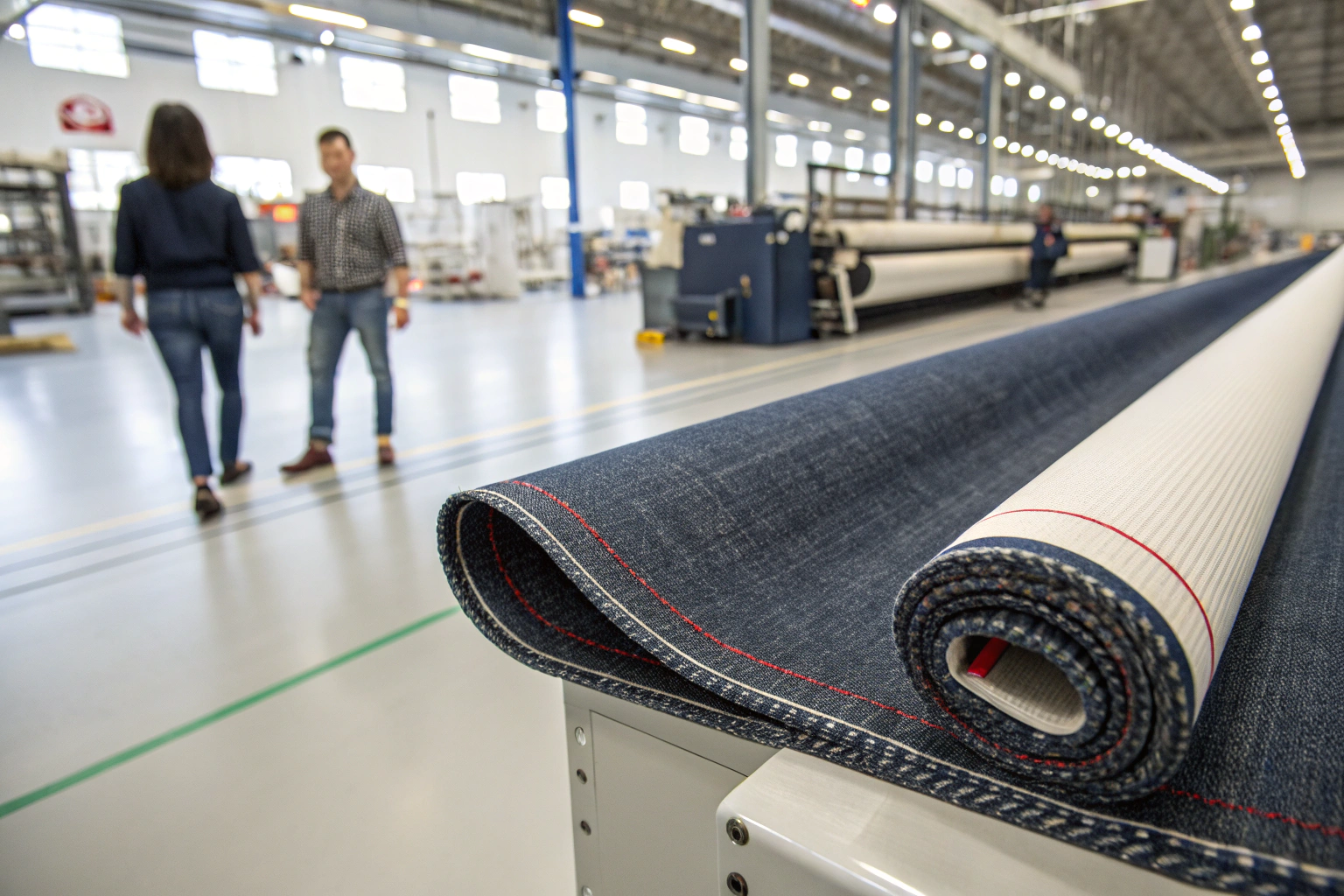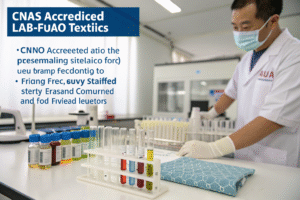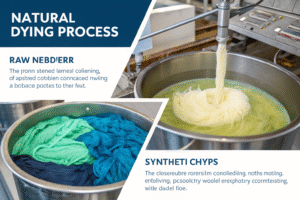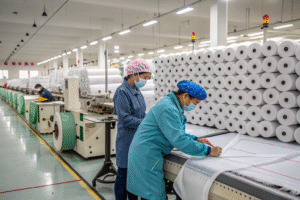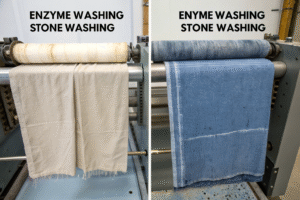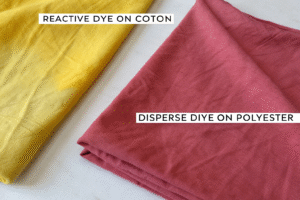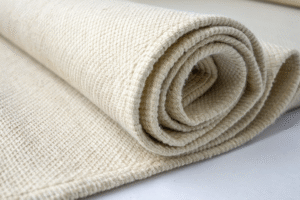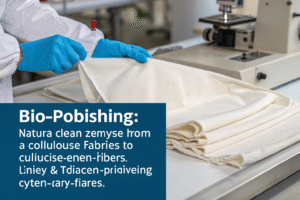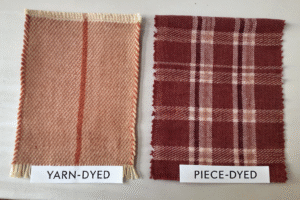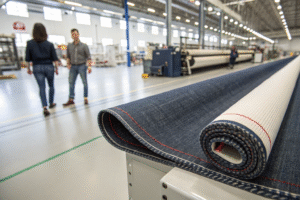If you're in the apparel business, you've likely heard the term "selvedge denim" buzzing around. Your clients might be asking for it, or perhaps your competitors are starting to source it. But what exactly is it, and does it live up to the hype for your production needs? As a fabric manufacturer with over two decades in the heart of China's textile industry, we get these questions all the time from buyers like you who are balancing quality, cost, and market trends.
Selvedge denim is a type of denim fabric woven on traditional shuttle looms, creating a self-finished, non-fraying edge. It is often considered better due to its superior durability, unique character, and premium quality, making it a favorite for high-end denim brands. However, whether it is "better" for your specific project depends on your target market, price point, and the aesthetic you wish to achieve. For large-scale clothing orders, understanding this distinction is crucial for making the right sourcing decision.
Let's dive into the world of selvedge denim. We will explore what makes it special and help you decide if it's the right fabric choice for your next collection.
What is selvedge denim fabric?
When you're sourcing fabrics, knowing the construction details gives you a competitive edge. Selvedge denim is defined by its unique weaving process. The term "selvedge" comes from "self-edge." This self-finished edge is the most direct indicator of the fabric's traditional manufacturing method. It's not just a detail; it's a hallmark of a specific production technique that impacts the entire character of the fabric.
This self-finished edge is created on old-style shuttle looms. These looms weave the weft thread back and forth in a continuous motion. The weft thread turns back at the fabric's edge, locking the warp threads in place. This creates a very tight, dense, and finished edge that is naturally resistant to fraying. This edge is often marked with a colored thread, usually red, which has become a signature of classic selvedge denim. For manufacturers and brands, this edge is a quick and reliable way to identify the quality and type of denim they are purchasing. The inherent durability of this edge simplifies the cutting and sewing process for your factory, reducing waste from frayed edges.
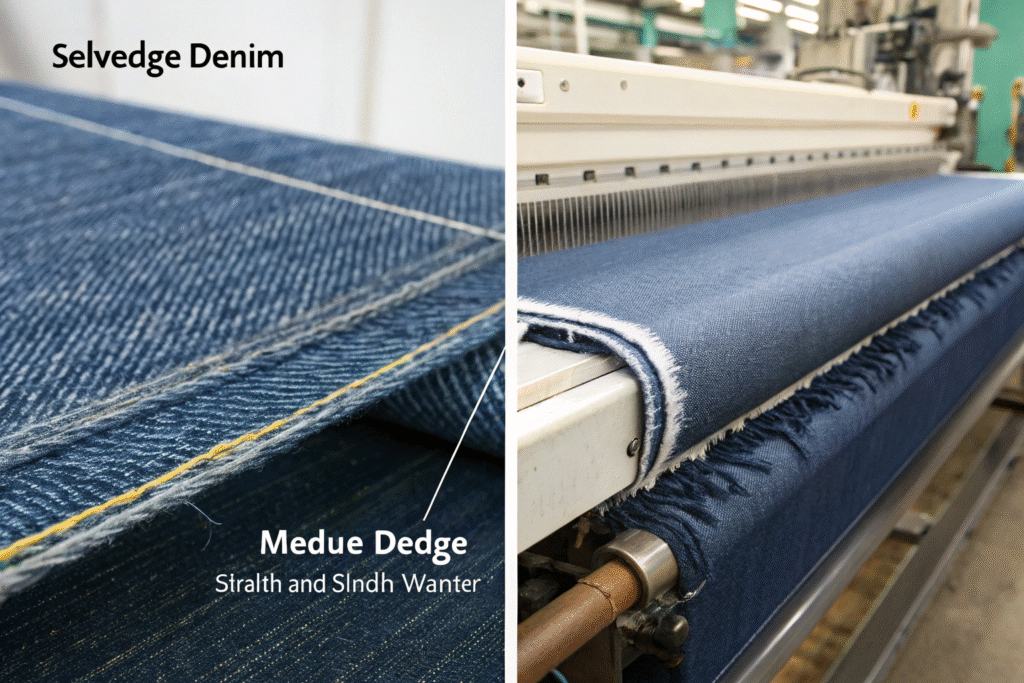
How is selvedge denim made?
The production method is what truly sets selvedge denim apart. It is woven on a shuttle loom, a slower and more traditional piece of equipment compared to modern projectile looms. In a shuttle loom, the weft yarn is passed through the warp shed using a shuttle that carries a pirn of yarn. The key is that the shuttle moves back and forth, never breaking the weft thread. This continuous thread creates the signature closed, or "self-finished," selvedge edge on both sides of the fabric. This method naturally produces a narrower fabric width, typically around 28-32 inches, which is less efficient for mass production but results in a denser, more robust fabric. The slower speed and narrower width are primary reasons for its higher cost. Our expertise in weaving allows us to produce authentic selvedge denim while implementing strict quality control to ensure every meter meets your specifications.
What distinguishes it from raw denim?
This is a common point of confusion that can impact your product labeling and marketing. It's crucial to understand that these terms describe different characteristics. Selvedge denim refers to the weaving process and the finished edge of the fabric. Raw denim (or dry denim), on the other hand, refers to the finishing process—or lack thereof. Raw denim is fabric that has not been washed, treated, or distressed after dyeing and weaving. It is typically stiff and dark blue when sold. The key takeaway for you as a buyer is that a denim can be selvedge but not raw (if it has been pre-washed), or it can be raw but not selvedge (if it was woven on a modern loom). Many high-end products combine both: they are raw selvedge denim, offering the unique fading potential of raw fabric with the durable, premium construction of selvedge. This distinction helps you accurately communicate product features to your customers.
Why choose selvedge denim for your brand?
In a crowded market, brand differentiation is everything. Selvedge denim offers a tangible story of quality, heritage, and craftsmanship that resonates with discerning consumers. Choosing selvedge is not just a fabric decision; it's a branding decision. It positions your label as one that values longevity and detail, which can justify a higher price point and build stronger customer loyalty. The visual appeal of the selvedge edge itself, often featured in cuffing jeans, serves as a visible badge of quality.
The inherent qualities of selvedge denim directly translate into benefits for your brand and your customers. Its superior durability means the garments you produce will last longer, leading to higher customer satisfaction and fewer returns. The unique fading characteristics, a result of the tighter weave and often the use of indigo dye, create a personalized wear pattern over time. This "lived-in" story is a powerful marketing tool. Furthermore, by offering selvedge denim, you tap into the growing consumer demand for "slow fashion" and products that are made to last, countering the disposable nature of fast fashion.
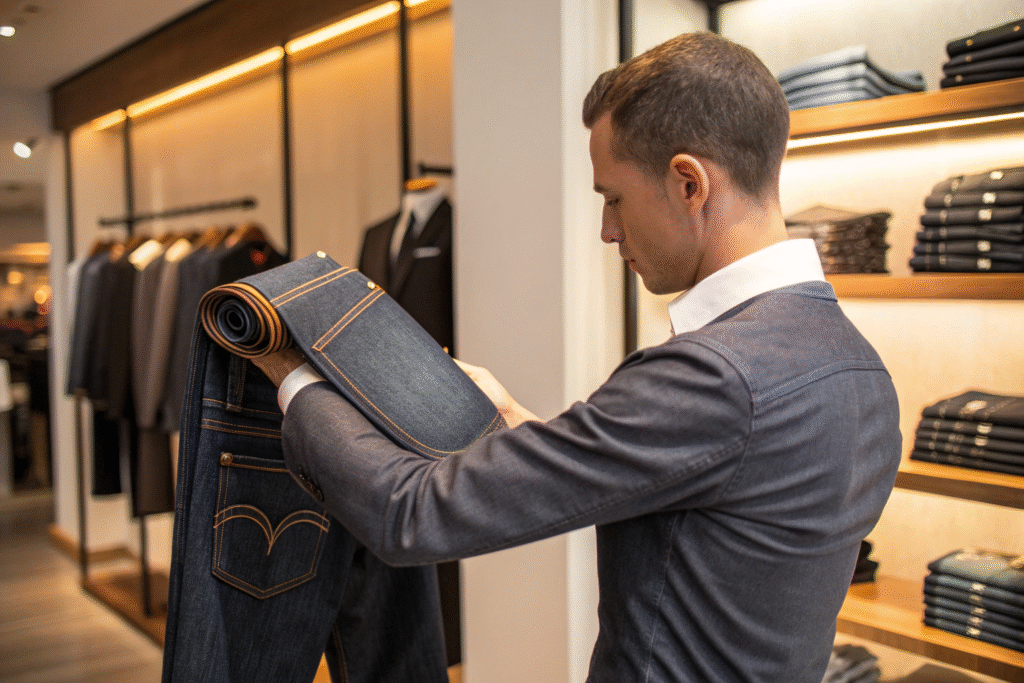
How does selvedge denim enhance durability?
The durability of selvedge denim stems directly from its construction. The shuttle loom weaving process creates a tighter, denser, and often heavier fabric compared to denim from modern looms. The continuous weft thread and the tight selvedge edge prevent the fabric from unraveling at the edges, which is a common point of failure in garments that undergo stress, like jeans. This robust construction means the jeans, jackets, or other products you manufacture are less likely to develop holes or fray at the seams over time. For your customers, this means a garment that withstands years of wear, providing exceptional value. For your brand, it means a reputation for quality and reduced product failure rates. Our in-house CNAS-accredited lab rigorously tests the tensile and tear strength of our selvedge denim to ensure it meets the highest international standards.
Can it be a unique selling point?
Absolutely. In today's market, a Unique Selling Proposition (USP) is critical. Selvedge denim provides a powerful, multi-faceted USP. First, it has a compelling heritage story, connecting your brand to a traditional craft. Second, the visible selvedge edge is an immediate and recognizable indicator of quality that requires no explanation. You can leverage this in your marketing materials and encourage customers to "show the selvedge" by cuffing their jeans. Third, its association with customizability and unique fading patterns allows you to market each garment as one that becomes personally tailored to the wearer over time. This transforms a simple pair of pants into an evolving personal item. By clearly communicating these points, you can effectively justify a premium price and distinguish your brand from competitors using mass-market denim.
What are the drawbacks of selvedge denim?
While the benefits are significant, a professional sourcing decision requires a balanced view. The most immediate drawback is cost. The traditional production process for selvedge denim is slower and less efficient, leading to a higher price per meter. This directly impacts your Cost of Goods Sold (COGS) and must be factored into your pricing strategy. Furthermore, the narrower fabric width (usually 28-32 inches) results in more fabric waste during the cutting process compared to the 60-inch width of standard denim. This requires more skillful pattern making to optimize yield.
Another consideration is the character of the fabric, particularly if it's raw. Raw selvedge denim is stiff and requires a break-in period. While enthusiasts enjoy this, it might not appeal to all consumers who prefer comfort from the first wear. The care instructions are also more specific; customers may need to avoid washing the garment for an extended period to achieve desired fades. As a brand, you need to be prepared to educate your customers on these points to ensure a positive experience. The limited production capacity of selvedge denim can also be a challenge for extremely large orders, though partnering with an experienced manufacturer like us, with our integrated supply chain, can mitigate this.
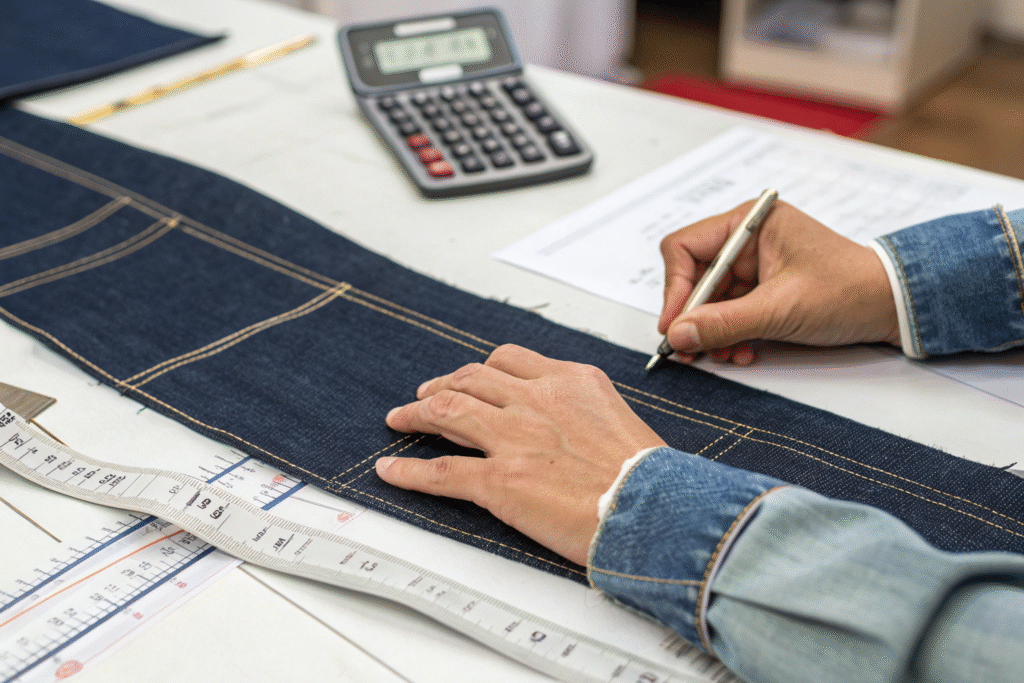
Is selvedge denim production slower?
Yes, the production of the fabric itself is inherently slower. The shuttle looms used are less automated and operate at a lower speed than modern projectile or air-jet looms. They also produce fabric that is less than half the width. This combination of slower speed and narrower output significantly reduces the meters of fabric produced per hour. This is the fundamental reason for its premium cost. However, an experienced manufacturer can optimize the entire production pipeline to minimize overall lead times. For instance, our agile R&D and supply chain can manage the fabric production, dyeing, and finishing processes efficiently, ensuring that your bulk order delivery is as swift as possible, even for a premium product like selvedge.
How does it impact overall garment cost?
The impact on the final garment cost is multi-layered. It starts with the higher raw material cost per meter. Then, the narrower fabric width often leads to a higher material consumption per garment, as pattern pieces must be laid out on a smaller surface area, potentially increasing waste. This requires more skilled labor in the cutting room to optimize marker efficiency. These factors all contribute to a higher production cost for the finished jeans or jacket. Therefore, selvedge denim is typically not suitable for low-price-point, high-volume fast fashion. It is a strategic choice for mid-tier to luxury brands where superior quality, story, and durability are central to the value proposition and can support a higher retail price.
How to source quality selvedge denim?
Sourcing a premium fabric like selvedge denim requires a partner who understands both the tradition and the technical details. The first step is to verify the manufacturer's expertise and capabilities. Do they operate their own shuttle looms, or do they have trusted, long-term partners? Ask for fabric swatches and check the selvedge edge yourself—it should be tight, clean, and consistently woven. Inquire about the origin and quality of the cotton; long-staple cotton like Zimbabwe or Egyptian is often used for high-end selvedge for its strength and smoothness.
A reliable supplier will be transparent about their processes and certifications. They should provide detailed specifications including weight (oz/yd²), composition, and shrinkage rates. Partner with a manufacturer that offers comprehensive quality control. Our process, for example, includes pre-shipment fabric inspection for every batch to identify any weaving or dyeing inconsistencies. Furthermore, consider the supplier's ability to provide value-added services like custom dyeing with natural indigo, development of unique blends, or small-batch customization to give your brand an even greater edge in the marketplace.
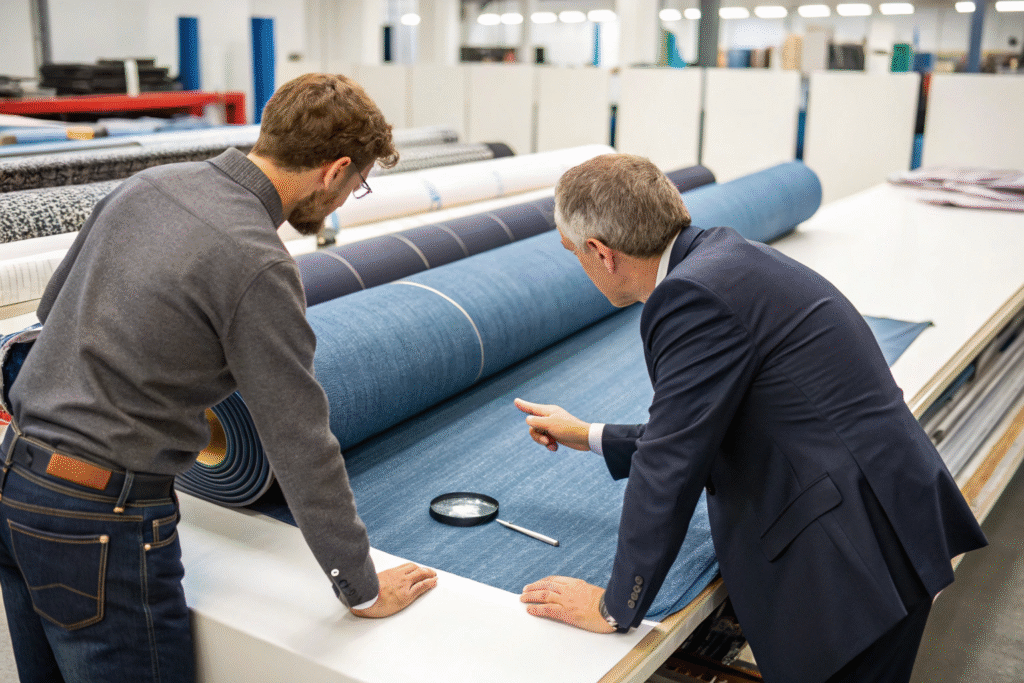
What quality checks are essential?
When your selvedge denim arrives, or during a factory visit, specific checks are non-negotiable. First, inspect the selvedge edge. It should be straight, tightly woven, and consistent along the entire length of the fabric. Any loose threads or inconsistencies indicate poor weaving quality. Second, check for evenness of dye. Slubby, uneven yarns are part of the charm, but the indigo dye itself should be uniform without streaks or patches. Third, perform tests for colorfastness and shrinkage, or ensure your supplier provides certified test reports from bodies like SGS. Shrinkage is a critical factor for raw denim, and you need precise data to pattern your garments correctly. Finally, a thorough visual inspection for weaving defects like slubs, knots, or stops is essential to ensure a high-quality final product.
Where to find a reliable denim supplier?
Finding a partner, not just a vendor, is key. While platforms like Alibaba can be a starting point, the most reliable partnerships often come from direct engagement at international trade shows, where you can see and feel the fabric and meet the team. Referrals from within the industry are also invaluable. Look for a supplier with a proven track record in denim, specifically in selvedge. They should have a strong R&D team capable of innovating and customizing to your needs. As a manufacturer rooted in Keqiao with over 20 years of experience, we offer a transparent and reliable partnership. We guide our clients through the entire process, from selecting the right yarn to ensuring on-time delivery and smooth customs clearance to the U.S., helping you navigate tariff concerns efficiently.
Conclusion
Selvedge denim represents a fascinating intersection of traditional craftsmanship and modern brand storytelling. It offers undeniable benefits in durability, unique aesthetic character, and a powerful marketing narrative centered on quality and heritage. However, its higher cost and production complexities mean it is a strategic choice best suited for brands targeting a discerning customer who values these attributes and is willing to pay a premium.
Ultimately, the decision boils down to your brand's identity, target price point, and customer expectations. If you are building a brand that stands for longevity, detail, and authentic craftsmanship, then selvedge denim is an excellent investment. It is more than just fabric; it is a statement.
If you are ready to explore how high-quality selvedge denim can elevate your next clothing line, we are here to help. Our team specializes in guiding brands through the entire production process. For a direct conversation about your specific needs, please contact our Business Director, Elaine, at elaine@fumaoclothing.com. Let's co-create value for your brand.

